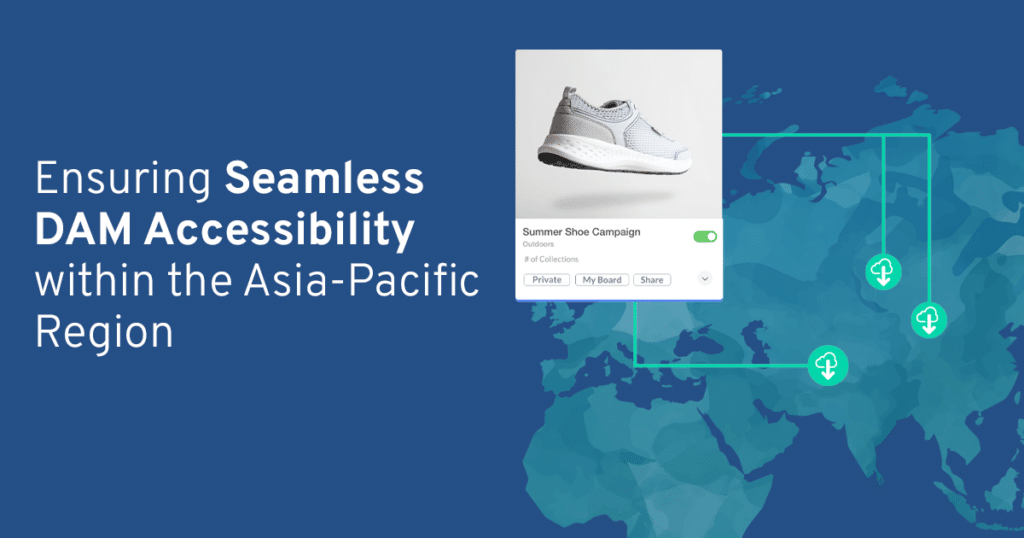Written by Tenovos in collaboration with iSoftStone
In an era where online shopping, digital marketing campaigns, and social media reign supreme, creative and marketing teams in retail grapple with many pressing challenges.
From meeting seemingly endless demands for differentiating and engaging content to the necessity of seamless content distribution and consolidating global marketing operations, there’s a lot to consider as we head into 2024.
In this blog, we’ll dig into 11 retail challenges, exploring how Digital Asset Management (DAM) and integrated tech solutions help tackle these challenges head-on.

1 - Increasing Content Demands
The Challenge
With the need to promote products across so many channels, retailers face an ever-growing demand for engaging and personalized content to capture the attention of their target audience – all while managing tight marketing budgets.
The Solution
Meeting ever-increasing content demands becomes more attainable when you can reuse and repurpose assets already in your arsenal. Digital asset management (DAM) systems serve as a central repository for creative assets, making finding and reusing content easier.
With configurable metadata and advanced search capabilities to optimize asset discoverability, DAM enables retail teams to locate and repurpose existing assets for new campaigns efficiently. This results in a more sustainable content strategy, reducing costs while facilitating the creation of more unique and personalized marketing materials that will capture consumer’s attention more than seeing the same social ad on repeat.
2 - Inefficient Content Distribution
The Challenge
Your internal teams, agencies, and partners who rely on a diverse array of marketing materials, images, videos, and other assets for campaigns need a user-friendly, structured way to access the assets they need quickly – in addition to context as to how the assets can be used. Traditional file storage systems often fail to provide this intuitive user experience.
The Solution
Modern digital asset management (DAM) systems go beyond just centralizing and managing digital assets but provide a solution to fragmented content distribution.
Branded content portals in DAM make accessing content easy for internal teams, partners, and agencies with an experience resembling the familiar shopping cart-like interface we’ve all grown accustomed to. Portals allow retailers to reflect their brand identity and provide a consistent, on-brand experience for those needing access to assets. This not only improves the efficiency of asset retrieval but also reinforces brand image.
3 - Outdated Technology
The Challenge
Older software and hardware systems struggle to adapt and interact with newer technologies, limiting the ability to harness the latest tech to stay in sync with evolving trends. The retail industry’s rapid digital transformation demands a shift towards cloud-based systems for the flexibility to better adapt to changing consumer trends, and leverage new tools effectively.
The Solution
Cloud-based systems provide the agility and scalability needed to keep up with the ever-evolving retail environment. These systems allow for easier integration with emerging technologies, streamline content management, and offer a cost-effective approach to infrastructure and storage.
Further, cloud-based solutions facilitate remote team collaboration, enabling real-time access to assets and streamlined workflows. Embracing cloud technology empowers retailers to leverage the full potential of the digital landscape.
4 - Timely Manual Marketing Operations
The Challenge
Retail marketing operations demand efficiency across various tasks, from content tagging and analysis to personalization. Traditional manual methods – like scrubbing through hours of video to apply keywords or organizing digital files – are time-consuming and impractical in the face of increasing content demands.
The Solution
Leveraging generative AI for content creation and in DAM allows marketing teams to boost productivity by passing off tedious tasks and freeing up valuable human resources for more strategic endeavors (like creating great marketing campaigns).
Generative AI tools have the ability to generate an extensive array of content types, from concise product descriptions and engaging social media posts to long-form content. As retailers are ardently pursuing hyper-personalization to meet the demands of consumers, leveraging generative AI can help retailers create more personalized marketing materials using less time and resources.
The transformative potential of AI extends to digital asset management. AI and automation play a pivotal role in enhancing DAM, particularly in the context of content enrichment, tagging, predictive asset recommendations, translation and localization, and video and audio transcription. These features provide significant time savings through streamlining asset management, improved content discoverability, and an enhanced user experience.
5 - Lengthy Speed to Market
The Challenge
Retailers are constantly pressured to introduce new, innovative products to stay competitive. However, traditional product design processes involving numerous iterations, physical prototypes, and complex development cycles can consume substantial time and resources. Not to mention approving all of the assets to promote the product.
This can lead to delayed product launches, missed opportunities, and ultimately, a competitive disadvantage.
The Solution
Retailers can leverage Digital Asset Management (DAM) alongside Product Information Management (PIM) and Product Lifecycle Management (PLM) data to expedite the product design process. These integrated technologies empower product marketing teams to visualize and create 3D models of new products at speed, helping reduce time to market.
DAM is the central repository for product images, 3D models, and other assets, allowing teams to access and collaborate on designs efficiently. This streamlined approach enhances their competitiveness and empowers teams to swiftly adapt to consumer demands and market trends.
6 - Securing DAM Budgets
The Challenge
Many large retailers recognize the need for DAM or seek to modernize their existing systems but face budgetary constraints or hesitations from stakeholders that hinder securing the necessary resources for a DAM implementation.
The Solution
A comprehensive business case that demonstrates the return on investment (ROI) of DAM is crucial to securing a DAM budget. By showcasing the potential cost savings, efficiency gains, and improved content performance achieved through DAM, retailers can make a compelling case for its implementation or modernization. This financial justification helps secure the budgets needed to harness the full potential of DAM in content and asset management strategies.
Moreover, the capacity to continuously gauge ROI within DAM on an ongoing basis through analytics instills confidence in executives and stakeholders and plays a crucial role in securing ongoing support. Visibility into this data ensures that DAM remains a continually valuable and evolving asset within the technology stack as it is utilized.
7 - Managing Multiple DAMs or DAM-like Systems
The Challenge
Large retail enterprises with multiple brands often grapple with multiple DAM or DAM-like systems, leading to the fragmented storage of assets, inconsistent processes and workflows, and redundant costs.
The Solution
The right enterprise DAM can serve as a unifying force for retailers managing global brands. By consolidating assets and standardizing processes under a single, enterprise-level DAM system, retailers can break down silos, reduce inefficiencies, and streamline content management across their various brands.
This approach fosters consistency and significantly reduces operational costs, enhancing the overall efficiency and effectiveness of content management efforts.
8 - Difficulty Tracking Assets Internally
The Challenge
Retail teams often struggle with tracking assets as they navigate complex creative workflows. The ability to measure where and how time is spent on assets, identify bottlenecks and inefficiencies, and address these issues is a crucial challenge.
The Solution
Modern DAM systems offer internal asset-tracking capabilities that provide insights into the content supply chain and the ability to integrate with tools involved in creative processes. By tracking assets and their journey through workflows, retailers can pinpoint areas of improvement, optimize processes, and ensure efficient asset management, ultimately saving time and resources.
9 - Measuring Content Performance
The Challenge
Retail companies face difficulties in measuring the impact and performance of their content investments due to the complex and multifaceted nature of consumer behaviors, making it challenging to draw clear connections between content and outcomes.
The Solution
DAM systems can track asset performance metrics, providing valuable data on content engagement and effectiveness. By analyzing these metrics, retailers gain insights into consumer behaviors, allowing for data-driven decision-making, targeted content strategies, and optimized marketing campaigns.
10 - Integrating Tech Ecosystems
The Challenge
Every retail company operates with a unique content ecosystem involving various systems and processes, both upstream and downstream. The challenge is to integrate these systems effectively to improve efficiency and traceability, ensuring that all systems are talking to each other and up to date.
The Solution
DAM serves as the central hub in the content ecosystem, facilitating integration with other systems. By connecting DAM with the tools and platforms, retail teams can establish a cohesive and efficient content workflow, ensuring assets flow seamlessly through the entire content supply chain. This integration enhances efficiency, traceability, and the overall management of content assets.
11 - Managing E-Commerce Integrations
The Challenge
Many retail companies utilize enterprise e-commerce solutions (necessary for keeping up with online and mobile shopping experiences), but integrating a DAM solution into existing online omnichannel platforms can be a challenge, often leading to hesitancy due to integration difficulties.
The Solution
By leveraging the capabilities of DAM systems designed for compatibility, retailers can bridge the gap between DAM and e-commerce, streamlining content workflows and asset access. This integration enhances content delivery and ensures a consistent, brand-aligned experience across all digital touchpoints.
Further, cloud-based solutions facilitate remote team collaboration, enabling real-time access to assets and streamlined workflows. Embracing cloud technology empowers retailers to leverage the full potential of the digital landscape.
Navigating Retail’s Digital Transformation with DAM
With 2024 on the horizon, adaptability and forward-thinking are paramount for retailers to stay competitive and meet consumer expectations.
In this era of digital transformation, DAM, and integrated ecosystems are the tools retailers need to not only survive but thrive in a competitive retail landscape.
DAM empowers retailers to meet the surging demand for content, streamline consumer experiences, move to the cloud, embrace automation, expedite product design, consolidate assets, track content performance, and integrate seamlessly with e-commerce platforms.
Embracing DAM and integrated systems isn’t just about addressing today’s retail challenges; it’s about steering toward a prosperous future.
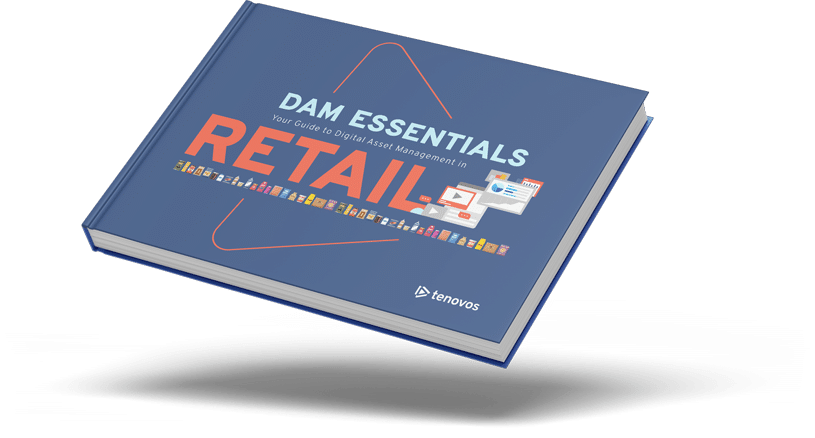
Your Guide to Digital Asset Management in Retail
Somehow there’s a glut of digital asset management information—and yet, none of it’s quite specific enough. Until now.
Related Resources
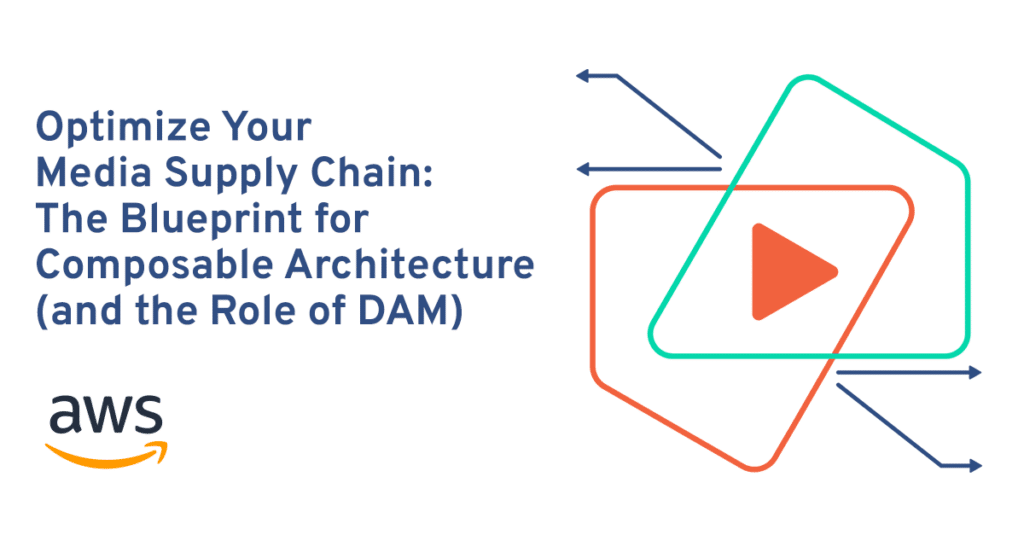
Optimize Your Media Supply Chain: The Blueprint for Composable Architecture (and the Role of DAM)
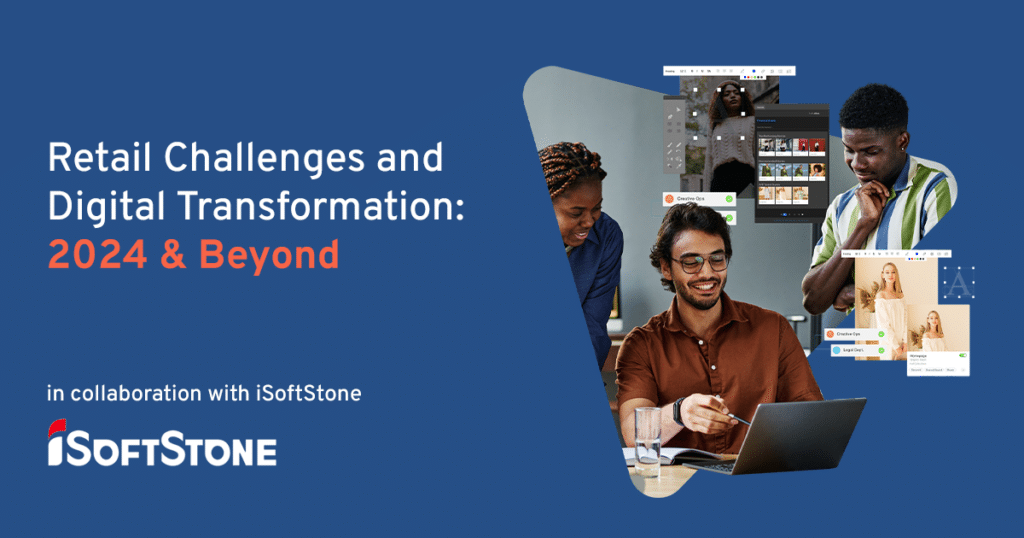
Retail Challenges and Digital Transformation: 2024 & Beyond

Why DAM Implementations Fail and How to Plan for a Successful DAM Project

Generative AI & Copyright: What Creatives Need to Know

Speak DAM to Me: 3 Strategies to Drive User Adoption in Your DAM
